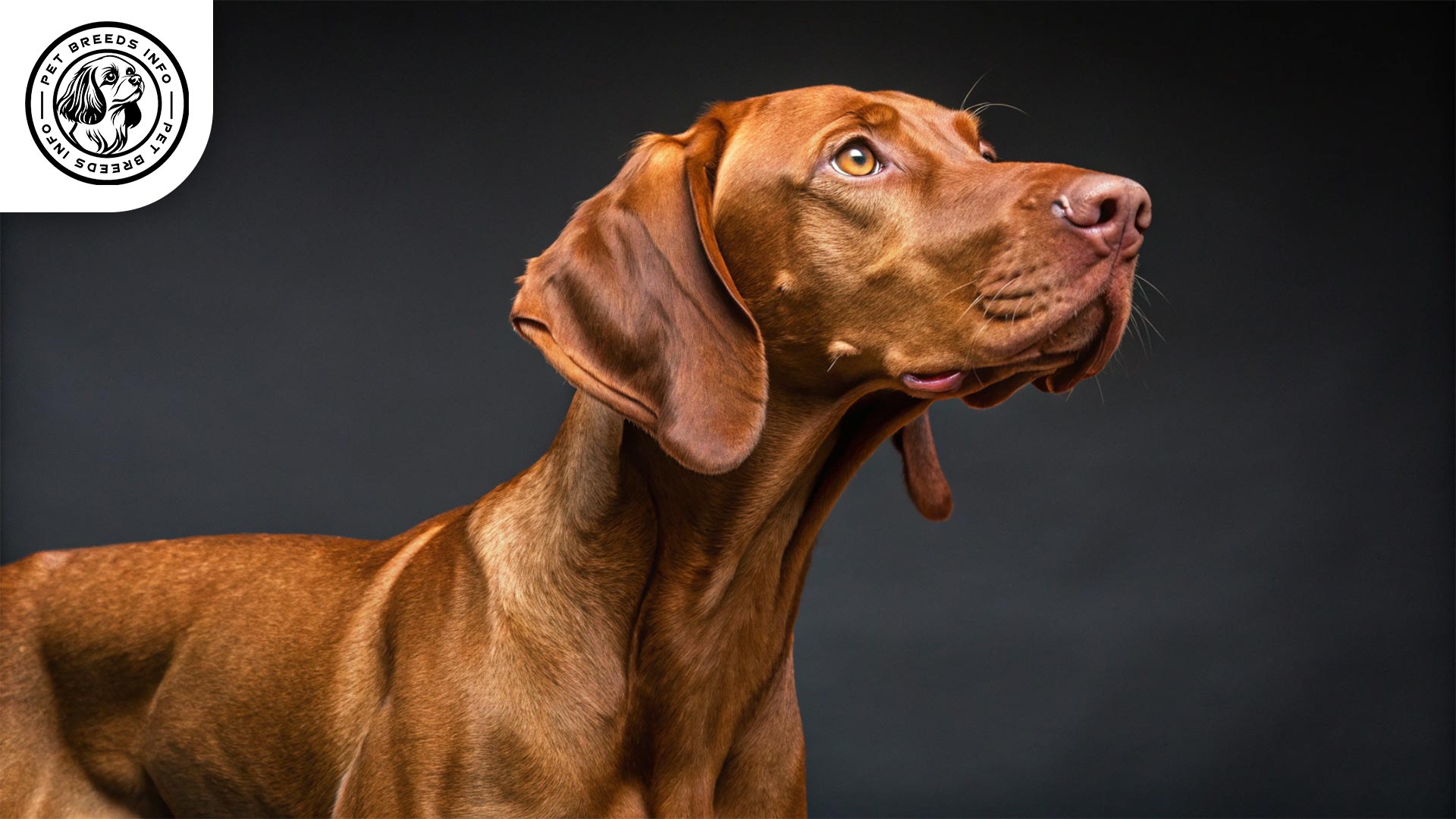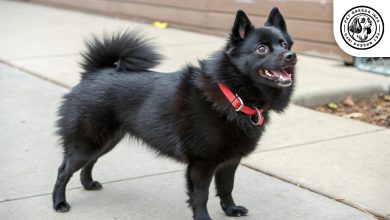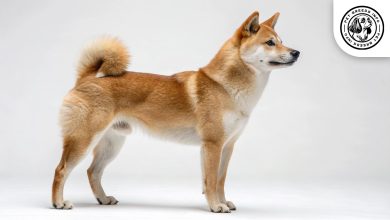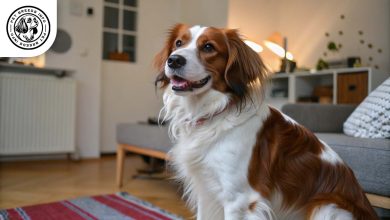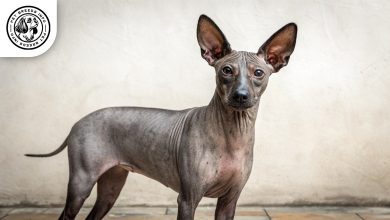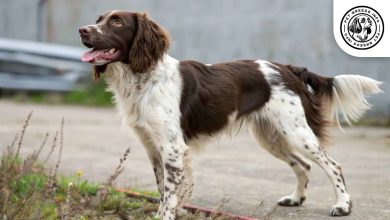Vizsla Dog Breed: Size, Health, Price & Personality
General Introduction of the Breed
The Vizsla, also known as the Hungarian Vizsla or Magyar Vizsla, is a medium-sized hunting dog originating from Hungary. This breed has a long history dating back to the Middle Ages when Hungarian nobles and warlords developed it as an exceptional hunting companion. Over time, the Vizsla became known for its speed, agility, and keen sense of smell, making it a highly valued gundog and retriever.
Table of Contents
| Weight | Males: 55-60 pounds Females: 45-55 pounds |
| Lifespan | 12-15 years |
| Diet | High-quality diet (dry kibble, wet food, or raw), rich in protein and healthy fats. Two meals a day for adults, 3-4 for puppies. Avoid common allergens and toxic foods. |
| Care | Daily exercise (long walks, runs, agility). Occasional brushing. Regular bathing, nail trimming, ear cleaning, and dental care. Sensitive to cold weather. |
| Health | Prone to hip dysplasia, epilepsy, progressive retinal atrophy (PRA), hypothyroidism, anesthesia sensitivity, and allergies. |
| Color | Various shades of golden rust |
| Nature | Highly intelligent, eager to learn, high energy, affectionate (“velcro dog”), friendly, playful, sensitive. May chase small animals. |
| Price | $1,000 to $2,500 from a reputable breeder. |
Physical Characteristics
The Vizsla is an elegant, athletic breed with a lean but muscular build. Males typically stand between 22 to 24 inches in height and weigh around 55 to 60 pounds, while females are slightly smaller, measuring 21 to 23 inches and weighing 45 to 55 pounds.
The breed has a short, sleek, and dense coat, which comes in various shades of golden rust. The eyes are medium-sized and usually a warm shade of brown, complementing the coat color. The ears are long, silky, and hang close to the head, while the tail is typically docked to about two-thirds of its length, though in some regions, it remains natural. The Vizsla’s refined appearance is further enhanced by its lean face, deep chest, and muscular legs.

Personality and Temperament
The Vizsla is highly intelligent and eager to learn, making it a trainable breed. It has a high energy level and requires plenty of physical and mental stimulation. This breed forms strong bonds with its owners and thrives on companionship, often being described as a “velcro dog” due to its need for close contact with humans.
Vizslas are friendly and affectionate with people, including children, and generally get along well with other pets. However, their strong hunting instincts may lead them to chase smaller animals. They are highly playful and enjoy outdoor activities. Due to their sensitivity, they respond best to gentle training methods and can be easily affected by changes in their environment.
Read More: Welsh Springer Spaniel Dog
Care and Maintenance Requirements
This breed requires daily exercise, including long walks, runs, or agility training. A home with a yard is ideal, but they can adapt to apartment living if given sufficient exercise.
The Vizsla’s short coat is low maintenance, requiring only occasional brushing to remove loose hair. Shedding is minimal but increases during seasonal changes. They are sensitive to extreme temperatures, particularly cold weather, and may require a coat in winter.
Hygiene care includes regular bathing, nail trimming, ear cleaning to prevent infections, and dental care to maintain oral health.
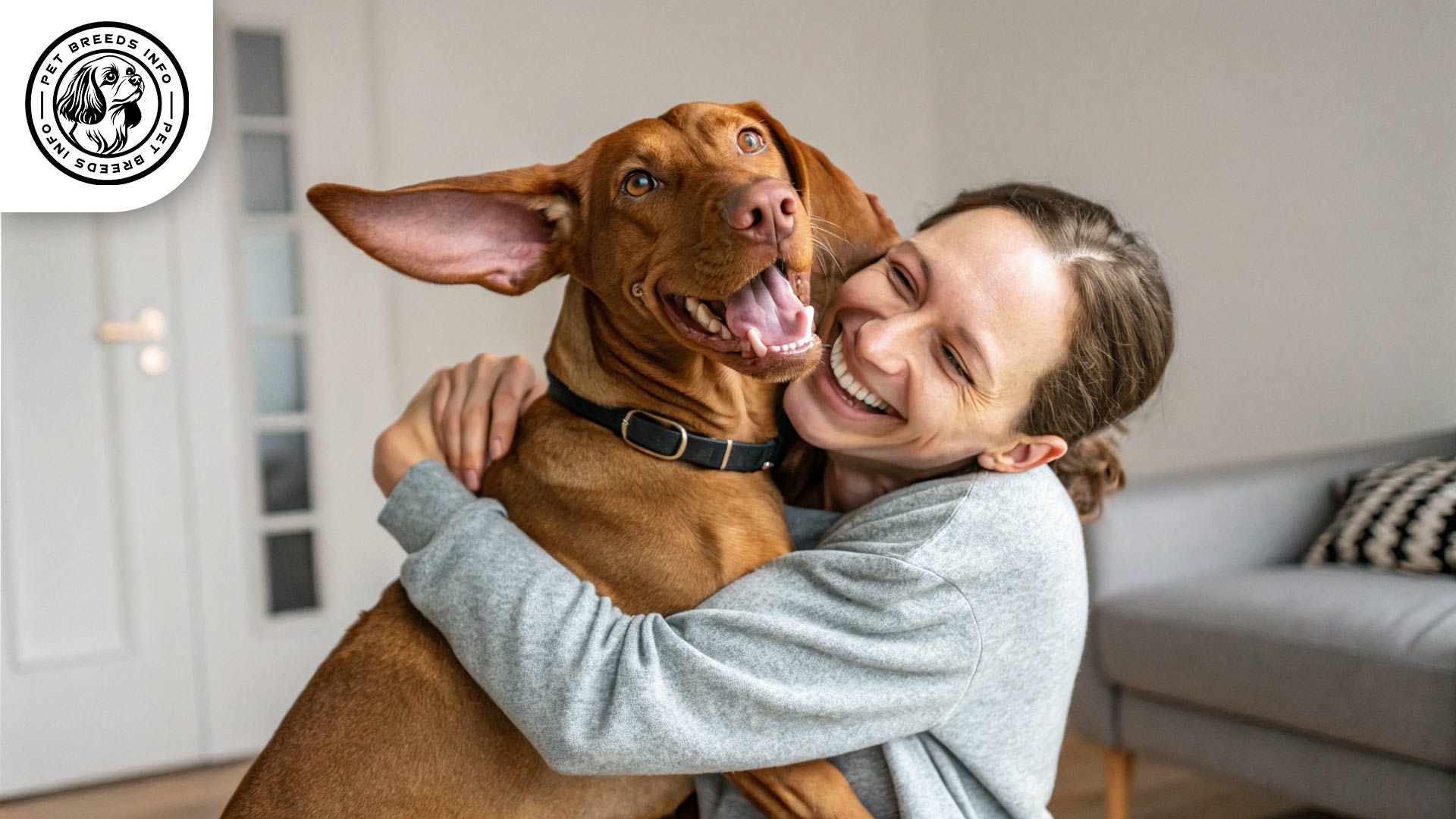
Diet and Nutrition
A high-quality diet, whether dry kibble, wet food, or a raw diet, is recommended to support this active breed’s energy needs. Food should be rich in protein, healthy fats, and essential nutrients.
Common allergens such as wheat, corn, and artificial additives should be avoided. Toxic foods like chocolate, grapes, onions, and excessive fatty foods must not be given.
Adult Vizslas require two meals per day, while puppies may need three to four smaller meals. Proper portion control is essential to prevent obesity.

Health and Common Medical Issues
Vizslas are generally healthy but can be prone to certain genetic conditions, including hip dysplasia, epilepsy, progressive retinal atrophy (PRA), and hypothyroidism.
Breed-specific vulnerabilities include sensitivity to anesthesia and a predisposition to allergies.
The average lifespan of a Vizsla is around 12 to 15 years. Routine vaccinations, parasite prevention, and yearly veterinary check-ups are essential to maintaining health.
Read More: Treeing Walker Coonhound Dog
Training and Behavior Management
Training a Vizsla is relatively easy due to its intelligence and willingness to please. However, consistency and positive reinforcement are key.
Early training and socialization are crucial to prevent unwanted behaviors, including excessive jumping and separation anxiety.
Reward-based training with treats and praise works best to reinforce good behavior. Harsh methods should be avoided due to the breed’s sensitivity.
Interaction with Other Animals and Humans
Vizslas are excellent family dogs and interact well with children due to their gentle and affectionate nature.
They generally get along with other dogs, but small pets like rabbits or birds may trigger their hunting instincts.
Best suited for active families or individuals who can provide plenty of exercise and companionship. They do not do well if left alone for long periods, as they crave human interaction.
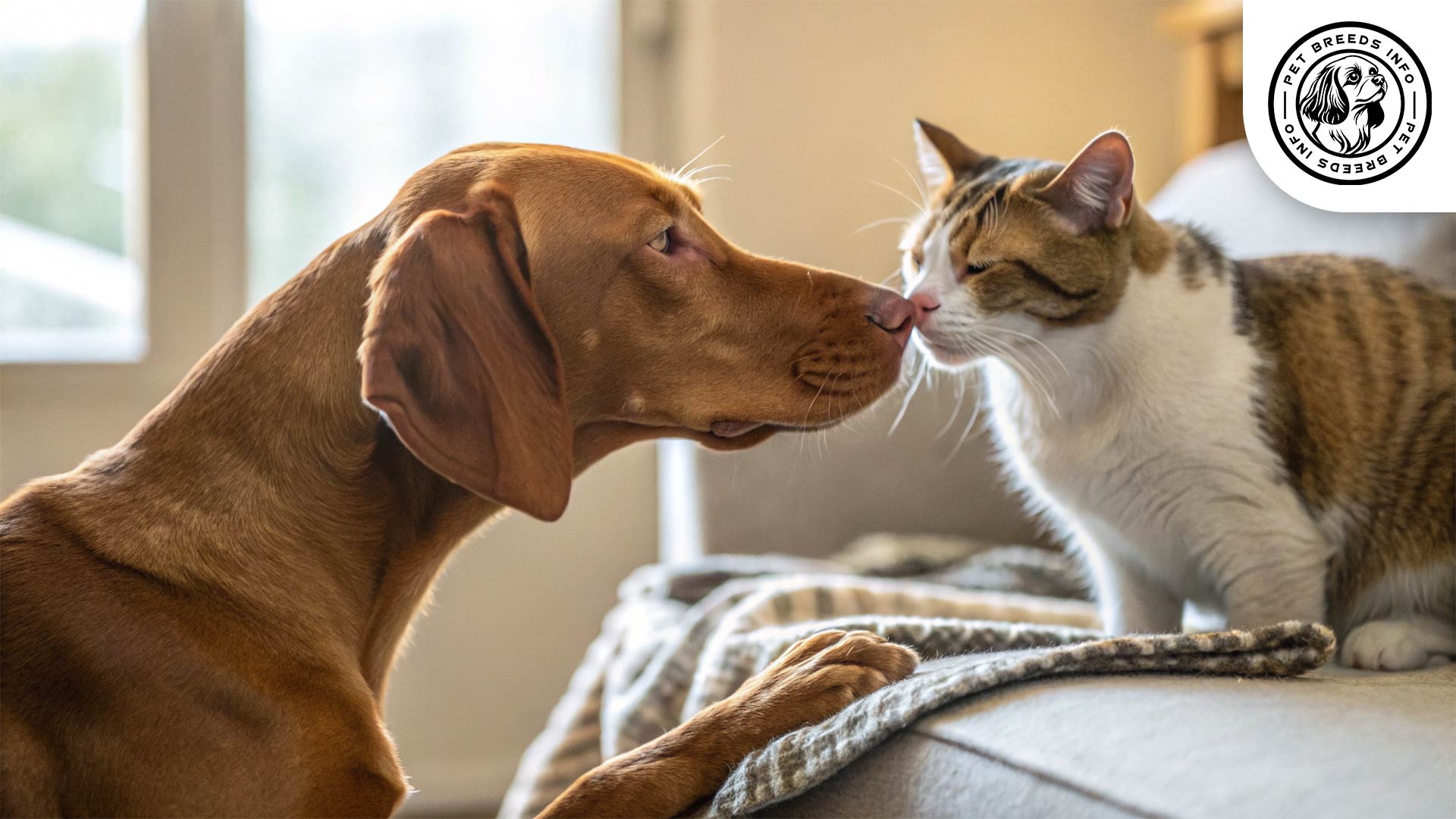
Price and Availability
The price of a Vizsla puppy from a reputable breeder ranges from $1,000 to $2,500, depending on lineage, pedigree, and breeder reputation.
When adopting, it is important to research ethical breeders or consider Vizsla rescue organizations and shelters.
Avoid purchasing from puppy mills or unscrupulous sellers who do not prioritize health and ethical breeding practices.
Conclusion and Final Thoughts
The Vizsla is a loyal, intelligent, and energetic breed that thrives in active households.
Ideal for owners who can provide daily exercise, training, and attention, this breed is best suited for outdoor enthusiasts, families, and hunters.
Potential owners should consider the Vizsla’s high energy level, need for companionship, and sensitivity before making a decision. With proper care, this breed makes a loving and devoted companion.
Read More: Tibetan Terrier Dog
FAQ
What is the typical temperament of a Vizsla?
Vizslas are known for being highly intelligent, energetic, and affectionate dogs. They form strong bonds with their owners and are often called “velcro dogs” due to their desire for close human contact. They are generally friendly with people and other pets, though their hunting instincts might lead them to chase smaller animals.
How much exercise does a Vizsla need?
Vizslas have a high energy level and require plenty of daily exercise, such as long walks, runs, or agility training. A home with a yard is ideal, but they can adapt to apartment living if they receive sufficient physical activity.
Are Vizslas easy to train?
Yes, Vizslas are highly intelligent and eager to learn, which makes them relatively easy to train. They respond best to consistent, positive reinforcement methods using treats and praise. Early training and socialization are important.
What are some common health concerns for Vizslas?
While generally healthy, Vizslas can be prone to certain genetic conditions, including hip dysplasia, epilepsy, progressive retinal atrophy (PRA), and hypothyroidism. They can also be sensitive to anesthesia and have a predisposition to allergies.
